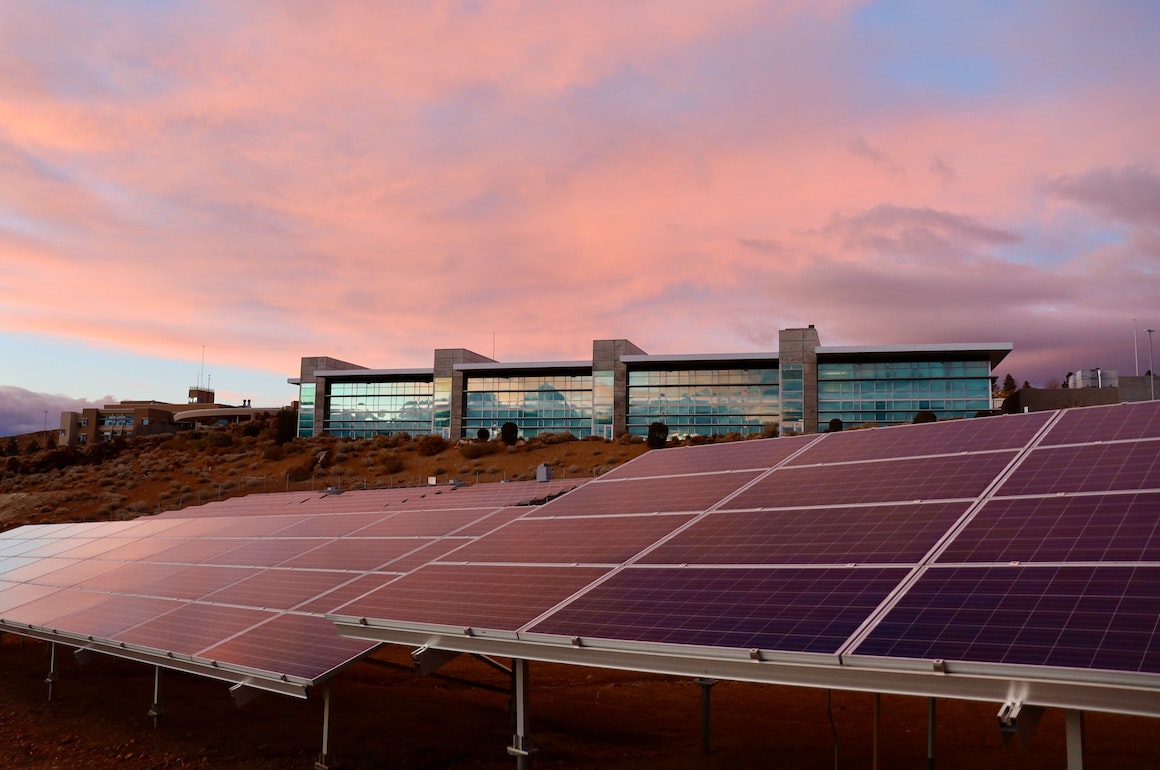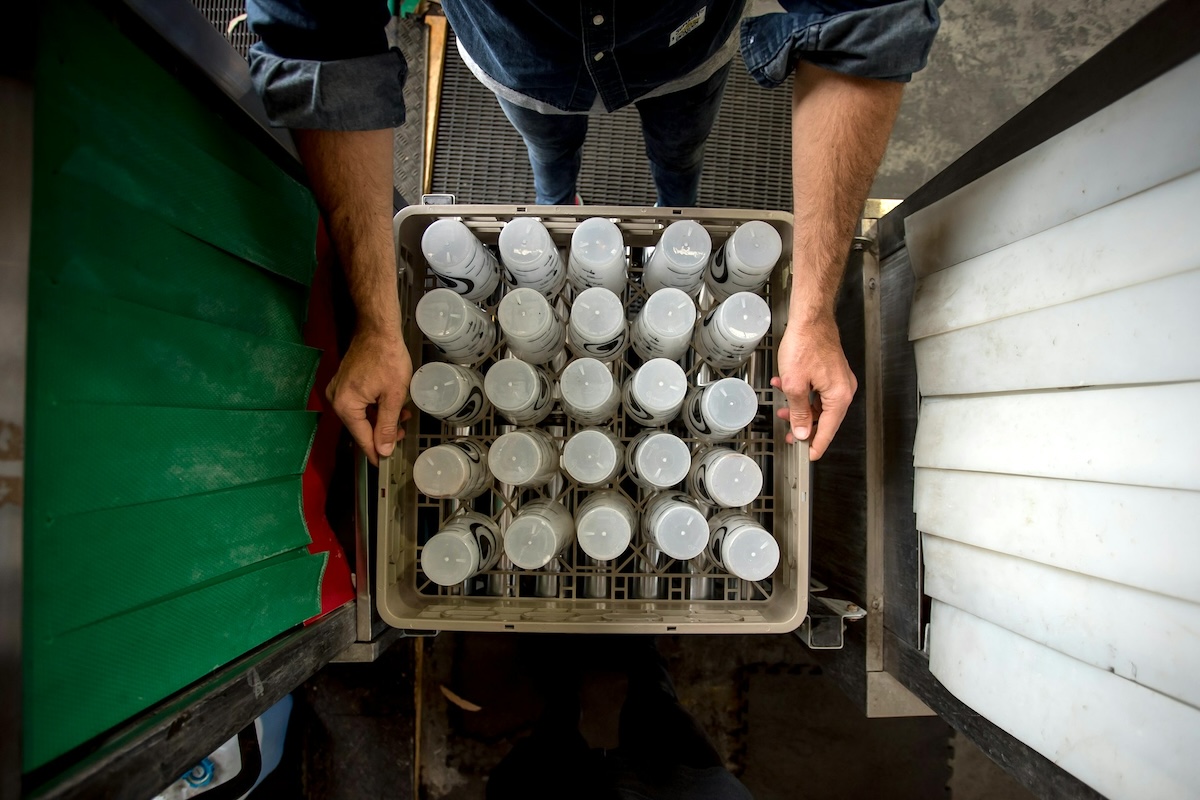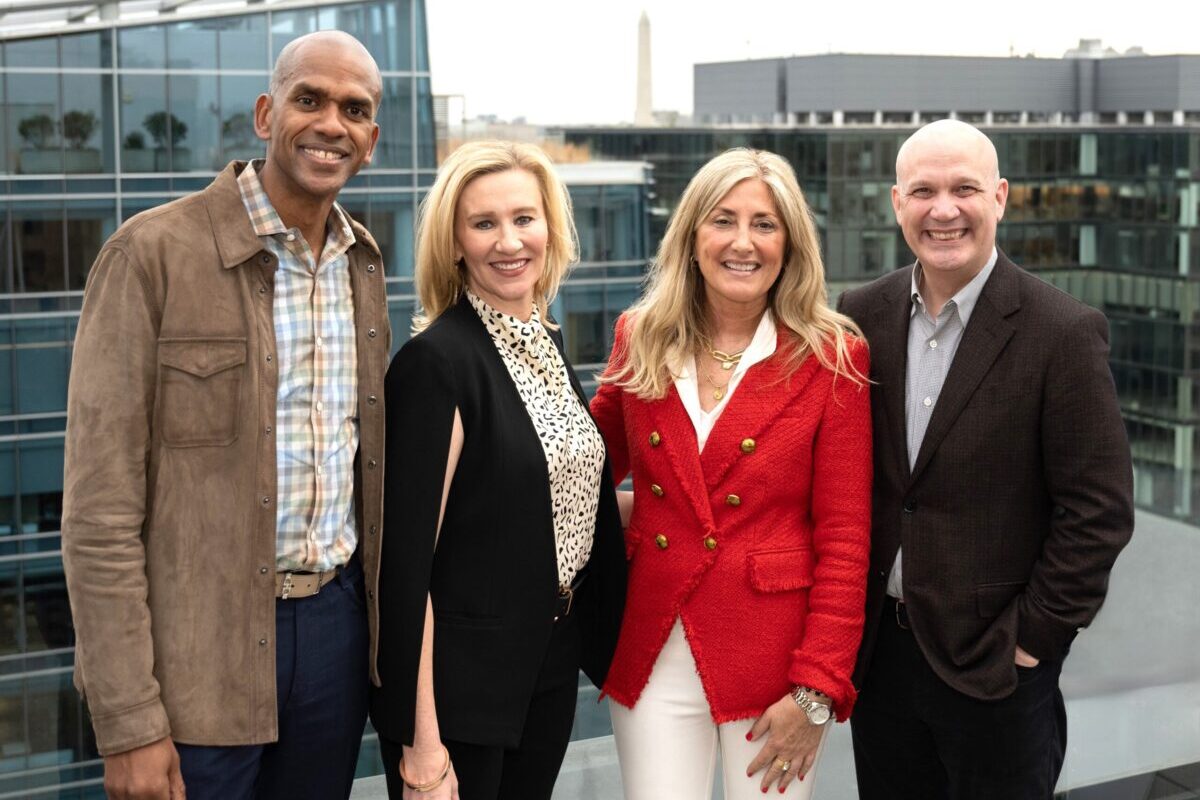Skift Take
Microsoft has effectively increased the cost of attending your event, and there is little you can do about it. As the world warms, the pressure to cut carbon emissions is being turned up in boardrooms worldwide.
From July, Microsoft, the third largest company in the world, will raise the internal price of carbon by 600 percent as part of its drive to uphold net zero commitments. What may seem like an internal accounting decision has substantial implications for the event industry. Microsoft has effectively increased the cost of attending your event, and there is little you can do about it.
To explain how that happened, we only need to take a theoretical trip. It starts with a return flight from New York to San Francisco, which emits nearly 1.5 tonnes (1.65 tons) of CO2. To give that somewhat abstract figure some perspective, the emissions from that return flight are around half the total amount that 41 percent of people on Earth emit per person per year for everything they do. What may seem like a simple trip creates a significant amount of emissions and, now, a considerable amount of money at Microsoft. With a $100 per tonne internal fee, Microsoft will effectively add $150 to the cost of an attendee flying to that event.
Cost Increase Implications
However, everyone knows that attending an event always comes with added expenditure for the attendee. Traveling, accommodation, and dining out don’t come cheap, so many companies will consider $150 a small addition to the cost of their staff attending an event. But this price bump feels different. Unlike with a nice meal or a comfy bed, the attendee isn’t receiving anything in exchange. Back at HQ, someone in the finance department is doing the math and asking, “Does Molly need to go to that event, considering on top of the airline fee, we have to pay another $150 just to get her there?”
We live in a world where numbers, even small ones — like a 1.5 degree Celsius (2.7 degrees Fahrenheit) increase in average global temperatures — really matter. The IPCC Sixth Assessment Report from Working Group III published Monday, 4 April, said:
“All global modeled pathways that limit warming to 1.5°C with no or limited overshoot, and those that limit warming to 2°C involve rapid and deep and in most cases immediate GHG emission reductions in all sectors.”
Big Changes Needed
What may seem like small numbers in terms of temperature rise will require significant changes to how we do business. The desire to limit carbon emissions is behind Microsoft and other organizations taking bold, unilateral action.
In the U.S., The Securities and Exchange Commission (SEC) recently announced a proposal that would, if passed into law, require all public limited companies to measure and disclose greenhouse gas emissions in a standardized way for the first time. And as we know, what gets measured matters.
Additionally, the UN (which regularly publishes reports on climate change, including the IPCC Assessment Reports) announced a special task force to “analyze the net-zero plans of companies, investors, cities, and regions in order to develop stringent and transparent standards to ensure they deliver their promises.” This could become a flashlight task force casting its light into dark corporate corners searching for greenwashing.
Words are no longer enough if we want to limit global warming to 1.5 degrees Celsius. “To have a chance of halving global emissions by 2030, we must use fewer high-carbon products and adopt less emissions-intensive lifestyles”, said Professor Tommy Wiedmann, Lead Author of the Sixth Assessment Report of the Intergovernmental Panel on Climate Change, IPCC (2019-2021).
How Companies Will Adapt
As the world warms, the pressure to cut carbon emissions is being turned up in boardrooms worldwide. Recent research found that half of the 500 biggest companies have some form of internal carbon price, and following the pack is a typical response to any challenge.
Other companies will cut the most obvious carbon-intensive activities to reduce their emissions. For many, that will mean cutting high carbon-intensive travel — i.e. flying- ultimately leading to fewer attendees at many business events.
Pierre Metrailler, CEO of event tech supplier SpotMe, shared a recent conversation with a large corporate client. “Discussing their tech solutions, they told us that they had a ‘netzero ambition so we cannot fly large numbers of people to events’ and they ‘want to manage communication and optics carefully when it comes to travel.’”
For an industry so used to its regular, profitable, business-as-usual approach — what some might call its “emissions-intensive lifestyle” — the events sector now faces a very different scenario. However, it is a matter that some have already put careful consideration towards, including one of the most respected voices on carbon emissions in the event industry: Shawna McKinley, principal at Clear Current Consulting.
Looking Ahead
Using experience gained over almost twenty years of supporting organizations to measure and reduce carbon emissions, Shawna has developed a thought experiment in which a large association looks back on its progress towards net zero in 2030. The hypothetical scenario outlines the final steps needed to reach the zero-emissions goal by 2050. She hopes it will provide a valuable template for any planner to model a net zero path.
The use of scenario planning will play an essential role as planners seek to visualize exactly how they can do things differently. A report by Gallus Events charted both a “business as usual” path and a sustainable path for the U.K. events industry to highlight the importance of the digitalization of events.
Scenario planning is designed to provide food for thought and stimulate much-needed debate in an industry at the sharp edge of emission reductions. The events industry may be missing debate, but thanks to the latest IPCC report, it is not missing the evidence or the advice needed to limit the climate impact of events.
Using an Avoid-Shift-Improve framework, the report states that “the greatest Avoid potential comes from reducing long-haul aviation” — as clear a statement as the event industry could find to concentrate less on international attendees and attract more digital attendees. It continues, “The greatest Shift potential would come from switching to plant-based diets,” telling us in no uncertain terms that meat and dairy-free meals must be at the heart of every event menu. Finally, it covers the venues: “The greatest Improve potential comes from within the building sector, and in particular increased use of energy efficient end-use technologies.” This forces event planners to ask, Can we continue to take our events to large cavernous fossil-fuel-powered venues?
Choosing the Best Way Forward
Shawn McKinley agrees with the reassessment of travel suggested by the report. “The latest IPCC report validates pathways event organizers can act on to be part of the climate solution and not the emissions problem,” she said. “These are big levers for change. It gives a window of opportunity to event service providers to demonstrate how they can deliver direct and provable carbon reductions without relying on offsets.”
The event industry faces the same challenge as every other sector: taking the path of least resistance or greatest persistence. We can sit behind the shallowest possible curve, one drawn by corporates wary of shareholder interests and governments worried about winning elections. Or we can choose a trajectory guided by IPCC scientists calling for “rapid and deep and, in most cases, immediate CHG emission reductions in all sectors.”
With a growing number of corporates, regulators, and scientists lining up behind the industry change-makers, planners must realize how they organize events needs to change to uphold their net zero commitments.





